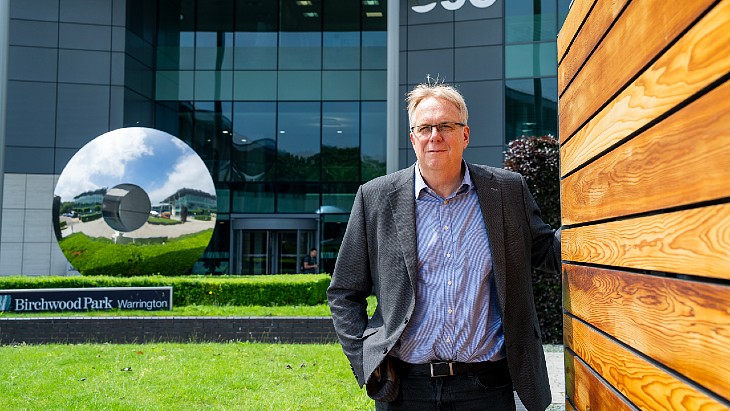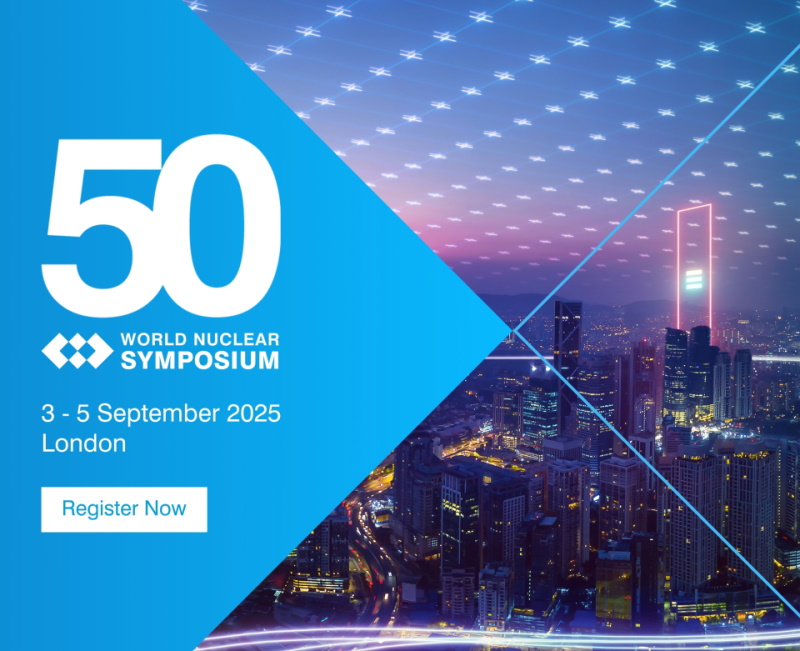ITER is a major international project to build a 500 MW tokamak fusion device (requiring an input of 50 MW) designed to prove the feasibility of fusion as a large-scale and carbon-free source of energy. The European Union is contributing almost half of the cost of its construction, while the other six members (China, India, Japan, South Korea, Russia and the USA) are contributing equally to the rest. Under a revised schedule established by the Iter organisation in 2016, first plasma is planned for 2025, with deuterium-tritium fusion experiments commencing in 2035. Construction costs are expected to be around EUR20 billion (USD25 billion), with components contributed by the Iter members on an 'in-kind' basis.
Components and test set-ups in ITER are still being developed. One example is test set-ups inside which tritium is produced by interaction with the neutron radiation generated in the fusion reaction. These set-ups make use of a steel casing of which the material properties need to be characterised. For the process of tritium production, up to six different concepts have been developed globally, two of them in Europe. The most effective concept(s) will ultimately be used in future nuclear fusion reactors.
Together with Sweden's Studsvik, NRG is characterising Eurofer97-type alloy steel that is to be tested in ITER. Eurofer97 is a specially developed low-activation steel. NRG said the composition of the alloy is tailored in such a way that long term radioactivity after exposure to radiation in ITER, or to higher exposure in future fusion reactors, is significantly reduced. The test performed at NRG will be used to demonstrate that Eurofer97 is sufficiently resistant against the radiation environment in ITER.
NRG has irradiated Eurofer97 specimens in the High Flux Reactor under controlled conditions similar to those in ITER at 300˚C and 500˚C. A total of four irradiations with steel samples began at in December 2016 and was completed last year. The irradiated samples are now being transported back to Studsvik in Sweden to analyse the properties in detail. Studvik's analysis - which will focus on the brittleness of the material after irradiation, the microscopic changes that have taken place, and the extent to which material strength is affected - will show whether the materials are suitable for the test set-ups in ITER.
This work has been financed by Fusion for Energy (F4E), the EU organisation managing Europe's contribution to ITER. F4E receives funding from the EU budget. Studsvik and NRG, its subcontractor, were awarded a contract in October 2015 by Europe for a detailed technical analysis the physical and mechanical properties of Eurofer97.
"Among its many advantages, this steel responds well to neutron activation and offers good resistance to neutron irradiation," according to the Iter Organisation. "It is compatible with liquid metal and ceramic breeders and its properties seem to respond well at high temperatures."
F4E has contracted Germany's Saarschmiede GmbH to deliver various Eurofer97 finished products. A total of about 27 tonnes will be manufactured in the form of special plates and bars of various thicknesses from 1.2 mm to 45 mm. Saarschmiede also produced bars of the alloy for research purposes.
The High Flux Reactor in Petten plays an important role in the production of medical isotopes, but is also used for materials testing.

.jpg)



_92619.jpg)


_84504.jpg)

_96167_68292.jpg)

